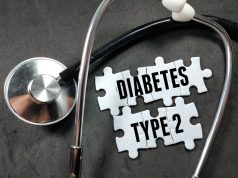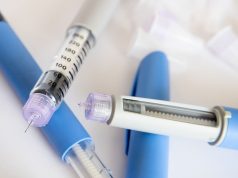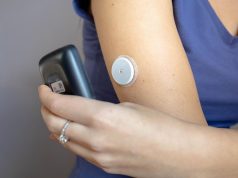Of metabolic parameters, HbA1c changes most, especially in those with HbA1c ≥10 percent
WEDNESDAY, May 20, 2015 (HealthDay News) — For patients with type 2 diabetes, during Ramadan, the greatest change among metabolic parameters is seen for glycemia, according to a study published online May 13 in the Journal of Diabetes Investigation.
Melanie Y.L. Siaw, from the National University of Singapore, and colleagues conducted a retrospective study using a national electronic database to examine trends in hemoglobin A1c (HbA1c), systolic blood pressure (SBP), low-density lipoprotein cholesterol (LDL-C), and triglycerides (TG) in patients with type 2 diabetes during Ramadan. A total of 5,172 eligible patients were categorized according to their HbA1c control before Ramadan: Group 1, HbA1c ≥10 percent; Group 2, HbA1c, 7.1 to 9.9 percent; Group 3, HbA1c ≤7.0 percent.
The researchers observed variation in the mean change of HbA1c, from −1.4 to +0.2 percent, with the greatest decrease seen in Group 1 (P < 0.001). In groups 2 and 3 there was a minimal reduction in SBP (2 mm Hg; P < 0.01). Changes in LDL-C and TG were insignificant. In patients taking oral antidiabetic agents during Ramadan there was a small (0.1 percent) reduction in mean HbA1c (P < 0.001).
“In conclusion, among the known metabolic parameters, the greatest change was observed in glycemia during Ramadan,” the authors write. “Patients with a mean baseline HbA1c value of 10 percent or more experienced the greatest HbA1c reduction.”
Copyright © 2015 HealthDay. All rights reserved.








